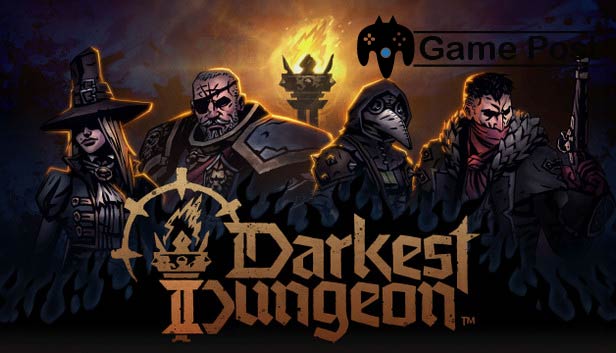Darkest Dungeon II Reviews: Darkest Dungeon II has received generally positive reviews for its intense atmosphere and challenging gameplay. Critics praise its beautifully grim art style and deep tactical combat, which builds on the mechanics of the first game while introducing new innovations like the 3D map and character relationships. However, some players find the difficulty spikes and RNG mechanics frustrating, which can lead to an unforgiving experience. The emotional stress management system remains a unique and compelling feature, pushing players to balance risk and reward. Overall, Darkest Dungeon II is lauded for its depth but can feel punishing for those seeking a smoother progression.
Darkest Dungeon II Review: Table and Detailed Analysis
| Aspect | Summary |
|---|---|
| Gameplay | Roguelike, turn-based RPG with a stagecoach traversal mechanic. Tactical combat, but time-consuming. |
| Visuals | Major graphical upgrade with 3D environments and detailed, cinematic character animations. |
| Difficulty | Brutally challenging, with mechanics like stress, loathing, and meltdowns adding to the tension. |
| Combat | More visually intuitive with the token system, providing clear buffs/debuffs. Improved from DD1. |
| Narrative | Expanded character backstories through Shrines of Reflection, adding depth to individual heroes. |
| Replayability | High, due to branching paths and randomization. Requires multiple runs to unlock all features. |
| Sound & Ambience | Immersive sound design and narration, enhancing the dark atmosphere of the game. |
| Relationship Mechanic | Heroes’ relationships impact combat abilities positively or negatively, adding complexity. |
Detailed Explanations:
Gameplay: Darkest Dungeon II keeps its punishing, roguelike elements, making each run tense as you battle horrific monsters and manage the stress of your heroes. However, the game introduces a new stagecoach travel mechanic where players navigate through a desolate landscape, making strategic choices about which path to take. These decisions can affect stress, combat encounters, and resource management. The gameplay focuses on overcoming difficult challenges through tactical combat, but progress can be slow due to the grind needed to unlock abilities and upgrades(
Visuals and Sound: The visual style is a significant upgrade from the original. The new 3D environments and detailed animations add a cinematic feel to battles, enhancing the intensity of key moments like hero meltdowns. Sound design plays a crucial role in building the atmosphere, with an eerie soundtrack and spot-on sound effects. The return of narrator Wayne June’s voiceover adds depth and continuity from the first game(
Difficulty and Mechanics: The game remains notoriously hard, with its emphasis on managing hero stress, health, and relationships. The addition of the “loathing” mechanic—an ever-growing evil force—compels players to engage in battles to prevent despair from consuming their party. Relationships between characters can form during the journey, impacting battle dynamics positively or negatively depending on their bond, which adds to the complexity of party management(
Replayability: With a system that heavily relies on randomized elements, Darkest Dungeon II offers considerable replayability. Each run presents new challenges, and it takes multiple attempts to unlock all characters’ abilities, upgrade paths, and trinkets. However, this grind can sometimes feel tedious and might deter players looking for quicker rewards(
Conclusion:
Darkest Dungeon II excels in delivering a grim and immersive experience for fans of challenging roguelike RPGs. It successfully builds on the original’s formula, with more complex mechanics and deeper character narratives. However, its brutal difficulty, slow progression, and heavy reliance on grinding may make it daunting for newcomers or those seeking more immediate gratification.
